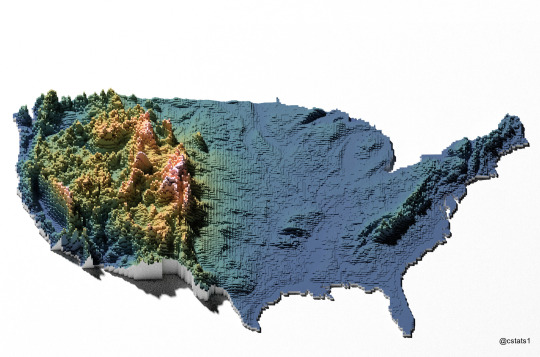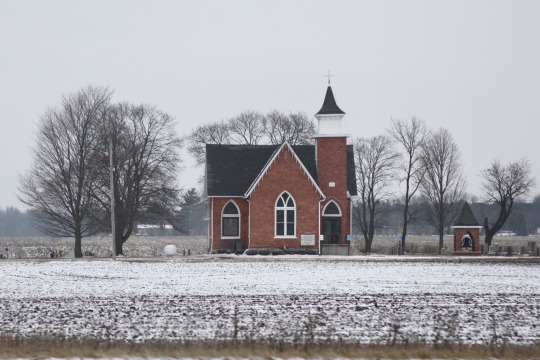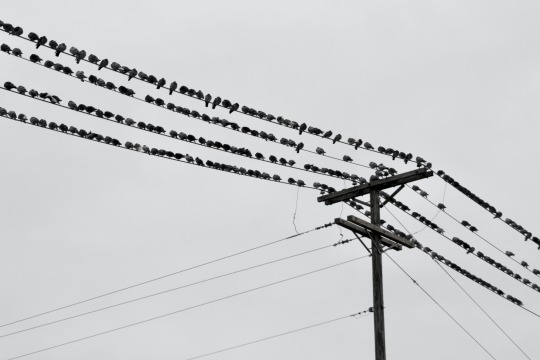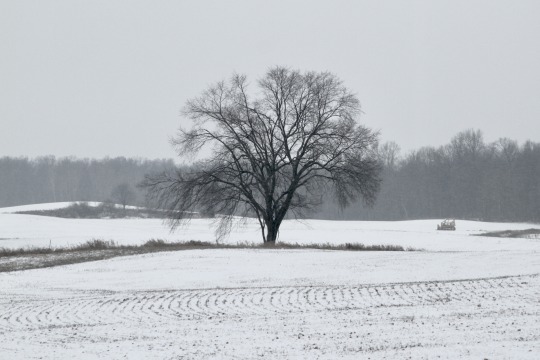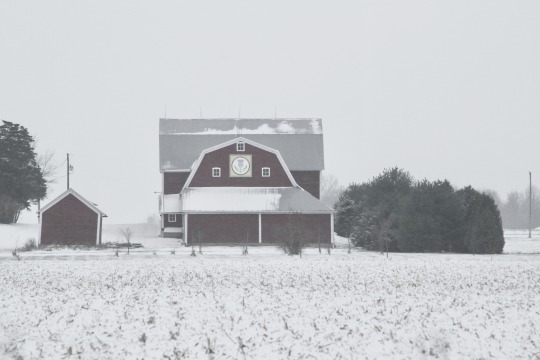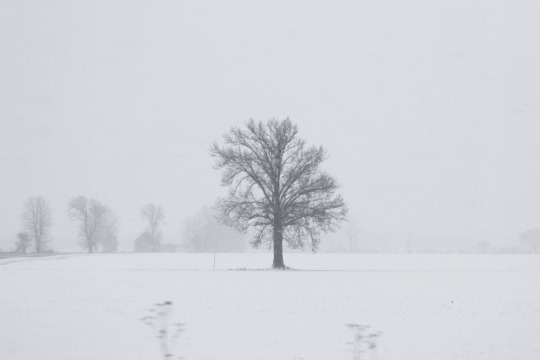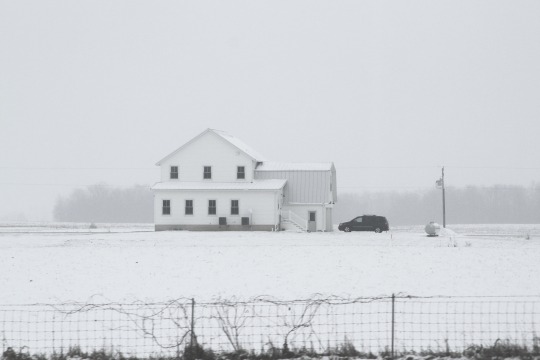Photo










“But I tell you, we in Harlan County, all of our life we’ve been kicked around. We’ve been put in jail. We’ve been shot at. We’ve had dynamite thrown at us. And then you don’t want us to have nothin’. Well, I tell you, Mr. Horn, I’m gonna be standin’ right there on that picket line lookin’ at you just as long as it takes.”
“You gotta win this fight yourselves. Now, it’s the first time East Kentucky has stood up against the coal operators, and you’re doin’ it. And when you win, you’re fighting for your kids and your grandkids. Every one of them will have a better life because of what you’re doin’ here. And that’s why the fight’s so hard. If there wasn’t so much at stake, they wouldn’t be fightin’ you this hard.”
Harlan County, USA (1976), documenting the 13-month Brookside miners strike in Kentucky from 1973 to 1974
306 notes
·
View notes
Photo
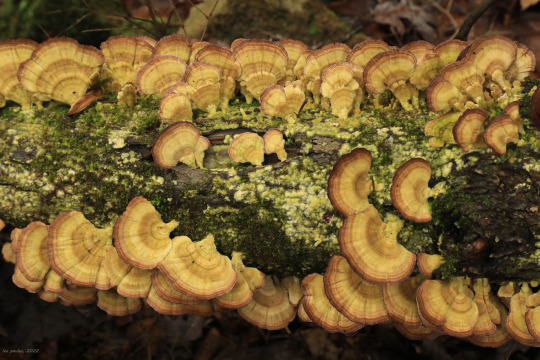

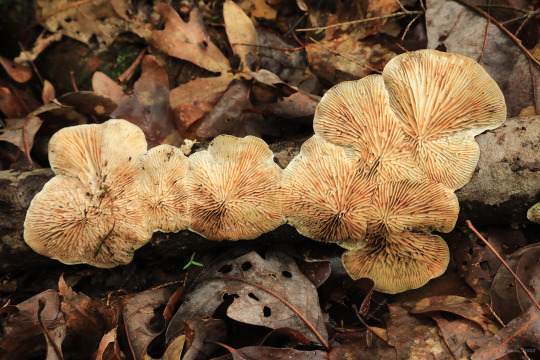
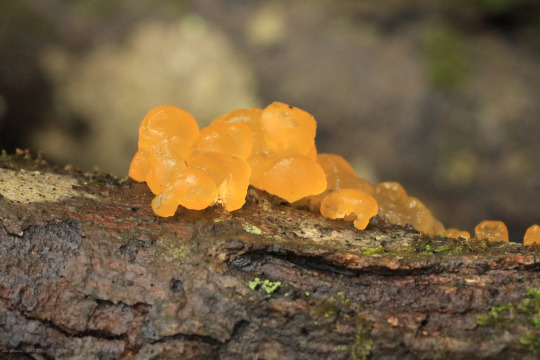

For the mycophiles: a selection of Appalachia’s early spring fungi. Forgive me if I get any of these wrong, because I’m still learning how to identify all the wonderful fungi that grow in the woods around here. Incidentally, my go-to mycological bible is Mushrooms of West Virginia and the Central Appalachians, by William Roody. Maybe someday I can absorb just a fraction of the knowledge contained in this wonderful guide and become something more than a stumbling amateur.
From top: turkey tail (Trametes versicolor); a delicate Mycena, either nitrous bonnet (M. leptocephala) or stump fairy bonnet (M. alcalina); gilled polypore (Trametes betulina); witches’ butter (Tremella mesenterica), a lovely and unusual jelly fungus; and pinwheel mushroom (Marasmius rotula).
290 notes
·
View notes
Text

Coal Miner Jim and his baby, Harlan County, Appalachia, Kentucky, 1946
Photo: Fons Iannelli
388 notes
·
View notes
Text
I had a very special guest today
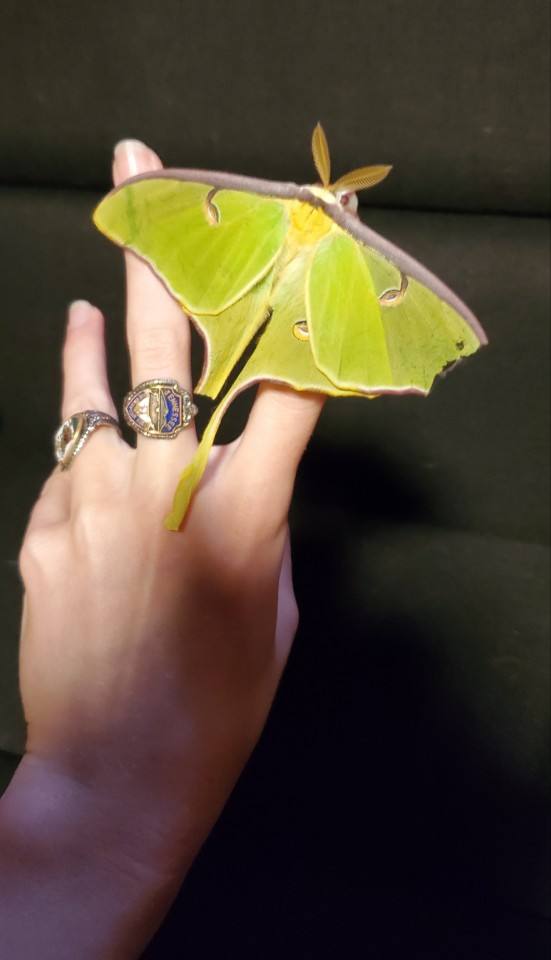
Found him with chipped wings and thought his short life was nearly done

But when I brought him inside, he started flying around in good spirits, so I decided the only reasonable thing to do would be to take a few pictures and then promptly give him back to the Sun and the Moon

I released him with a wish 🌙

And told him to say hello to the Moon for me 🌕
406 notes
·
View notes
Text
You can identify a fake redneck by their passionate support of “blue lives matter.” Real rednecks have been in at least one physical fight and/or high-speed chase with police officers and would do it again
311K notes
·
View notes
Photo
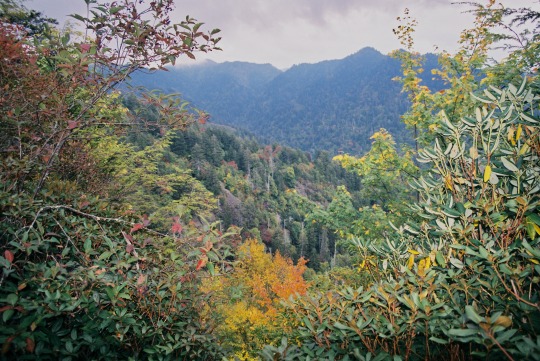
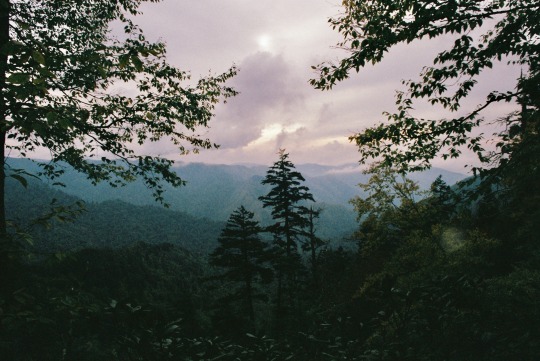
dusk in Appalachia
Great Smoky Mountains National Park, Tennessee
4K notes
·
View notes
Photo
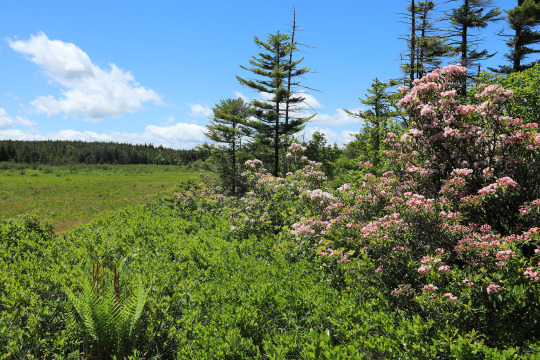
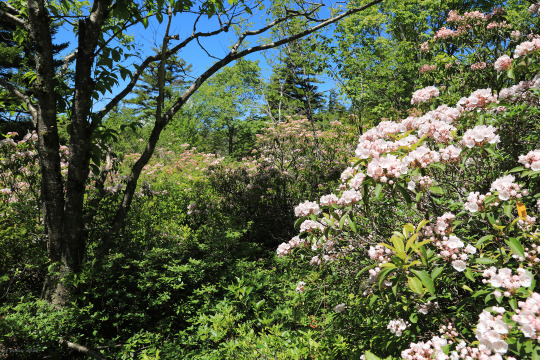
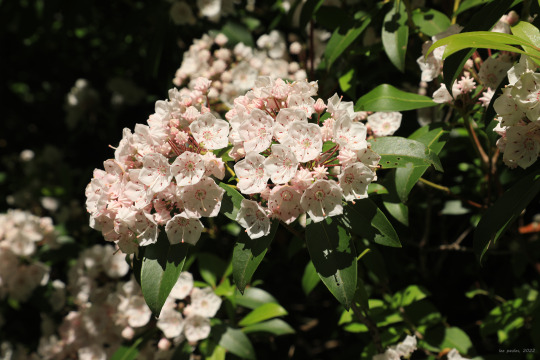
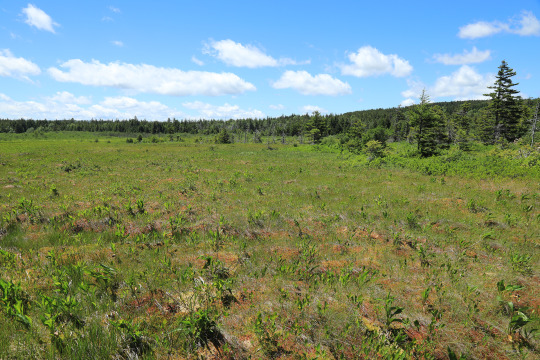
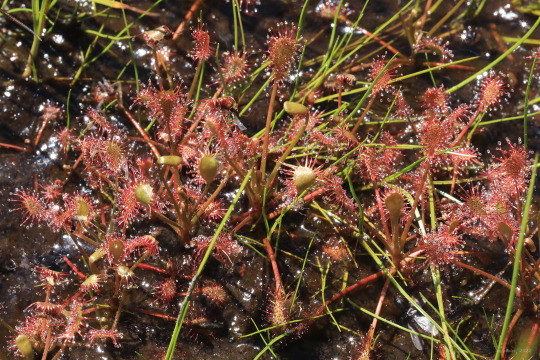
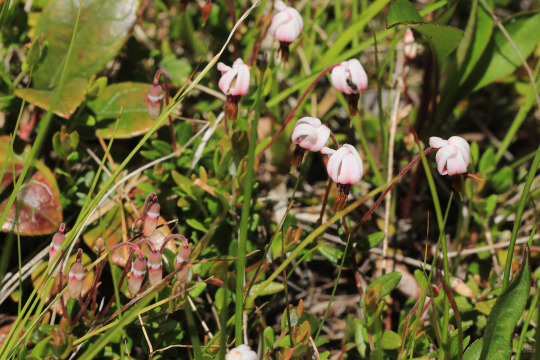


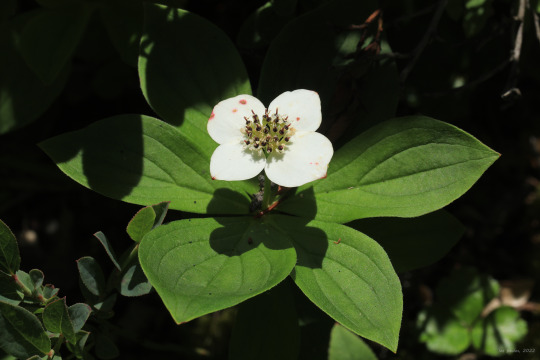
Dolly Sods and the adjacent Flat Rock and Roaring Plains sprawl across a rugged plateau at the edge of the Allegheny Front, which drains much of the moisture from passing clouds. The water drains poorly on the plateau, resulting in sphagnum bogs that host a variety of plants and animals uniquely adapted to the cool, acidic environment.
From top: Mountain laurel (Kalmia latifolia), which in combination with blueberry, huckleberry and minniebush forms impenetrable thickets along the edges of the bogs; spoonleaf sundew (Drosera intermedia), also known as spatulate-leaved sundew, one of two species of carnivorous sundew to grow here; small cranberry (Vaccinium oxycoccos), also known as bog cranberry, whose tiny flowers have strongly recurved petals; possumhaw viburnum (Viburnum nudum), also known as wild raisin due to its vibrantly-hued fruits in the fall; canaan fir (Abies balsamea var. phanerolepis), a recognized subspecies of balsam fir known from only a few locations in West Virginia and Virginia; and bunchberry (Cornus canadensis), which grows prolifically in the dappled sunlight along trail edges.
140 notes
·
View notes
Photo


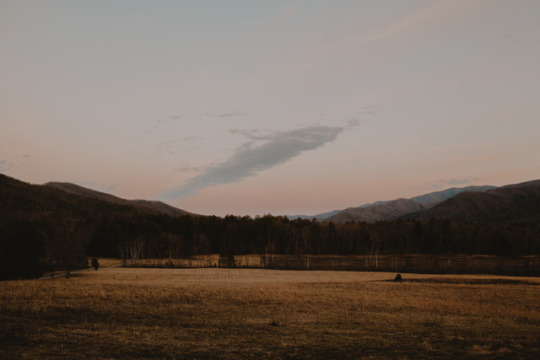
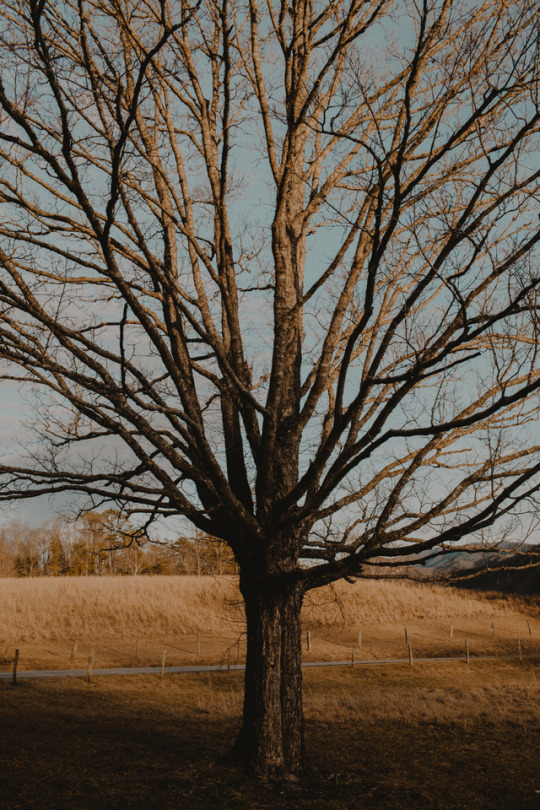
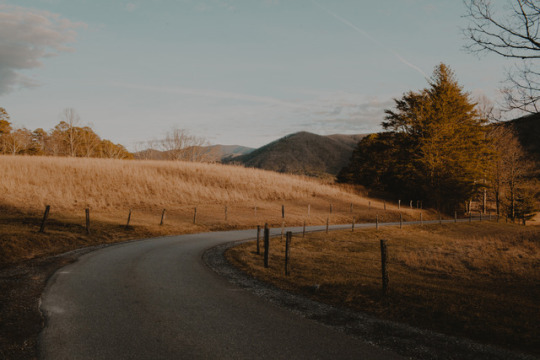
Cades Cove
Great Smoky Mountains National Park, Tennessee
February 2018
instagram: @juliana_johnson
3K notes
·
View notes
Text
Hey! Appalachia needs help!
I haven’t really seen any talk of it on here, but us Appalachians are trying to fight the Mountain-Valley Pipeline that’s going to cut right through a lot of backyards! Not only that, but it’s slated to go through the Jefferson National Forest and even the Appalachian Trail. The company building the pipeline has already had over 300 accused water-quality violations (link also contains links to how the pipeline is going to cut through sensitive ecosystems, active seismic zones, unstable karst, and steep slopes).
The pipeline, as of Wednesday, has potentially hit an aquifer, putting local well-water at severe risk. While the company is denying this, do we really want to mess with something that will put our water at risk?
Here is an article from the Sierra Club that goes over the protests and potential environmental impacts of the pipeline.
The pipeline would also desecrate land belonging to the Occaneechi band of the Saponi nation in North Carolina.
A small petition in regards to the sediment pollution caused by the pipeline.
They are not hesitating to use eminent domain to gain access to private property.
10 people were just arrested for locking themselves to equipment in protest, and they’re not the first.
Multiple people have been sitting in trees to protest, but they all have been arrested and removed. Such as a mother and daughter duo and even a professor from Virginia Tech.
I don’t know of any bail funds at the moment.
Please share this!! Appalachia gets so little attention from big mainstream media, and we could use all the help we could get! No one wants this pipeline here, but we’re having a hard time getting noticed.
2K notes
·
View notes
Photo

Though I still find them thriving in remote corners of West Virginia, most mom-and-pop grocery stores, such as this one at Rocky Fork, have fallen into ruin.
318 notes
·
View notes
Photo

On exhibit at The Gettysburg Museum of History. A Civil War Colt Army Revolver left on the kitchen table of the Pfeffer Farm during the battle of Gettysburg. The Pfeffer family fled with their animals like many farmers in Gettysburg to keep the horses from being taken by the Confederates. When they returned they found their farm looted and ransacked. On their table was this working pistol left by the fleeing soldiers. This gun has been in the hands of the Pfeffer descendants ever since https://wrhstol.com/2LSJIYs
373 notes
·
View notes
Photo

Inscribed snake box at Jolo. Serpent-handling Believers Thomas G. Burton Knoxville: University of Tennessee Press, 1993.
631 notes
·
View notes
Photo

One of the ten thousand miners who participated in the Battle of Blair Mountain, with his Springfield Trapdoor Rifle, West Virginia 1921.
265 notes
·
View notes





